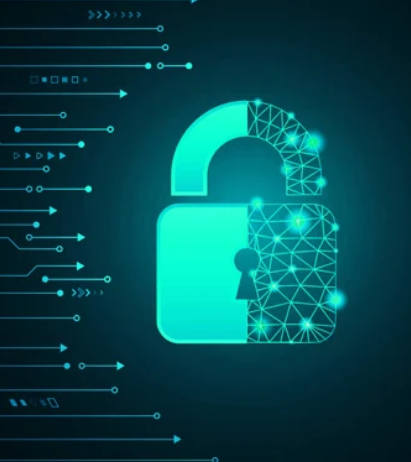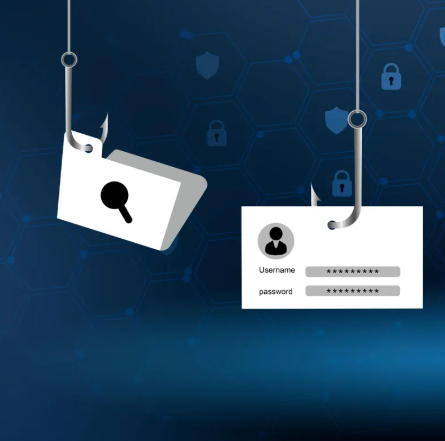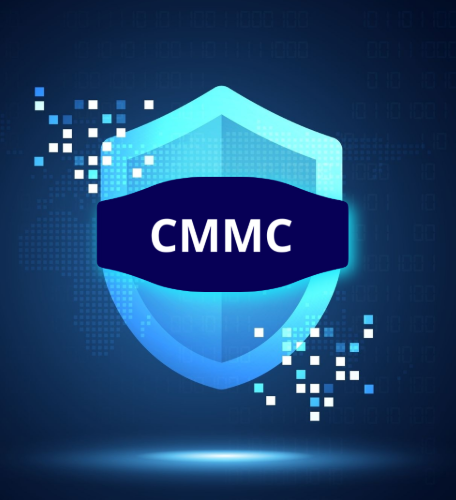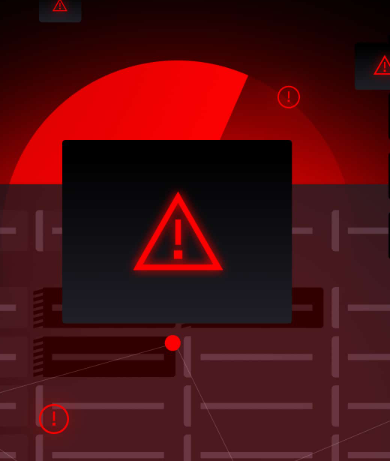
Phishing remains one of the most persistent and harmful cybersecurity threats that businesses face today. As attackers continue to refine their tactics—using everything from deepfake emails to AI-driven scams—companies must upgrade their defenses. This is where advanced phishing technologies come into play. These technologies go beyond basic spam filters, leveraging artificial intelligence, machine learning, and behavior analytics to detect and neutralize phishing attacks in real time.
Why Traditional Defenses Are Falling Short
Basic spam filters and manual reporting simply cannot keep up with today’s advanced phishing techniques. Cybercriminals now craft highly convincing, targeted messages that mimic executives, trusted vendors, and familiar platforms. They often bypass traditional security systems by using newly registered domains, compromised accounts, and sophisticated social engineering tactics. As phishing attacks become more refined, it’s essential to evolve your defense strategies to meet these new challenges.
Did You Know?
About 96% of phishing attacks arrive via email, and 74% of organizations have experienced at least one successful phishing breach.
Types of Advanced Phishing Technologies
- AI-Powered Email Scanning
Artificial intelligence scans email content, sender behavior, and metadata to identify potential phishing attempts, even when no malicious attachments or links are present. - Machine Learning-Based Detection
Machine learning systems analyze previous phishing attacks and learn from them, allowing them to recognize subtle shifts in tactics and adapt to new phishing methods in real-time. - Behavioral Anomaly Detection
This technology monitors normal user behavior to identify deviations, such as unusual login times, unfamiliar attachments, or odd contact patterns, all of which could suggest compromised accounts. - Real-Time URL and Domain Analysis
Advanced tools evaluate the history of links and domains to detect phishing websites or harmful redirects that could be used to steal credentials or deliver malware. - Integrated Threat Intelligence
By connecting to global threat databases and real-time feeds, these systems can identify known phishing sources and tactics, blocking them before users are exposed to the threat.
The Benefits of Advanced Phishing Technologies
- Improved Detection Accuracy
AI and machine learning reduce false positives and are able to detect more sophisticated phishing attempts that traditional filters might miss. - Faster Response Times
With automated detection and alerts, security teams can respond to threats within minutes, significantly reducing the risk of damage. - Proactive Defense Against New Attacks
Unlike signature-based systems, advanced technologies can detect novel phishing tactics as soon as they emerge, offering proactive protection against zero-day attacks. - Minimized Human Error
By automating threat detection, these technologies reduce the reliance on employees to manually identify scams, lowering the chances of a successful breach. - Comprehensive Reporting and Visibility
Advanced security platforms provide centralized dashboards and detailed logs, making it easier to investigate incidents, comply with regulations, and continuously improve your security posture.
Integrating Advanced Technologies into Your Security Strategy
For the best results, advanced phishing protection should be integrated into a multi-layered security strategy. Pairing it with employee training, secure email gateways, multi-factor authentication, and zero-trust access controls offers the strongest defense against both automated and socially engineered phishing attacks.






























































